With tax fraud on the rise, it is important to be aware of the fraudulent activities that can take place this tax season and what you can do to minimize your risk of becoming a victim of identity theft. In actuality, tax fraud is relatively easy to commit. All that is required for a scam to take place is a name, date of birth and Social Security number, and with the number of data breaches that have taken place recently, your personal information could be vulnerable to cybercriminals and identity thieves. According to LifeLock’s marketing intelligence director, Nada Baiz, “tax fraud will continue to develop because criminals are realizing how lucrative and easy it is.” She also adds, “With chip-enabled debit and credit cards now making credit card fraud more difficult to commit, criminals will look to replace this lost ‘income’ with something else.”
With Tax Identity Theft Awareness week (Jan 29 – Feb 2) approaching, it is important to spread the word about how to prevent becoming a victim to scams this tax season.
To help reduce your chances of identity theft this tax season, here are six best practices to follow:
File taxes early
Identity thieves are ready as early as January to file fraudulent returns, so it is important to have all of your paperwork in order before they do in order to protect yourself. This is even more crucial if you have reason to believe your personal information has already been compromised, such as in an earlier data breach. However, you don’t have to be a victim of a previous identity theft crime to become a victim of tax refund fraud.
Don’t fall for scams
If someone calls or emails claiming to be from the Internal Revenue Service (IRS) asking for personal information, don’t give it. The IRS will only request information by mail, so if you receive a call, email or text message claiming to be from the IRS and asking you to provide personal details, don’t – it is most likely a scam.
Research your tax preparer
Be very careful about choosing a tax preparer. Only hire individuals who have the proper IRS credentials, then request their full name and tax certification documentation. Be sure to keep copies of it with your tax paperwork even after filing. Even if you’re using an e-filing service, researching the provider is just as important.
Protect your Social Security number
Leave your Social Security card at home and only give out the number when absolutely required. If you are requested to provide it on a form, ask the company why they need it and if it is necessary, because this is often optional.
sign up for protection services
Signing up with a service that specializes in identity theft protection could help you to stay on top of keeping your personal information safe by receiving alerts immediately if any fraudulent activity occurs.
Shred your personal records
Destroy old tax forms, monthly financial statements and other documents that include your personal information once deemed unnecessary. Switching to online delivery is another safe bet so your documents are less likely to end up in places where they can be stolen, like your mailbox or recycling bin.
If you do choose online delivery, make sure that any personal accounts storing this information are appropriately secured.
Lock Down Your Login: Your usernames and passwords are not enough to protect key accounts like email, banking and social media. Strengthen online accounts and use strong authentication tools – like biometrics, security keys or a unique, one-time code through an app on your mobile device – whenever offered.
